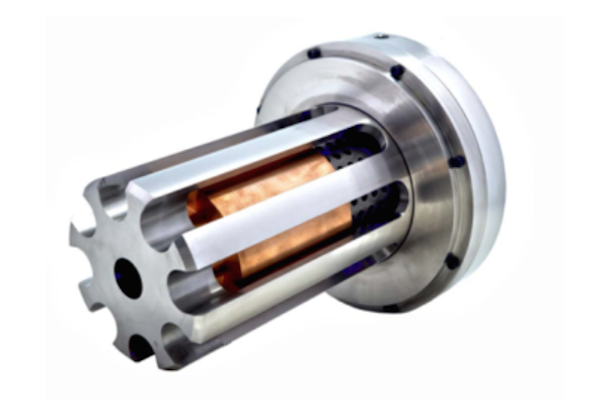Oxford spin-out develops low-cost pressure regulator
A smaller, lighter, and more efficient pressure regulator could significantly reduce the need for water pipe inspection and maintenance, cutting costs and minimising disruption.

The regulator, developed by Oxford Flow, a spin-out from Oxford University and backed by a £320m investment group, is 80 per cent lighter than existing technologies and is considerably cheaper to manufacture than existing devices.
The pressure regulation/pressure reducing valve (PRV) can be made from either plastic or metals, allowing it to be used in a range of applications including water, oil and gas transmission.
The technology was developed by the university’s Prof Tom Povey, while carrying out research into gas turbines, jet engines and scramjets, alongside Rolls-Royce. He became frustrated when even the best commercially available regulators were not capable of handling the high pressures and flows typical of his experiments, and so set about designing his own.
Unlike conventional PRVs, the devices are not based on the use of a flexible diaphragm. These are typically made from elastomers, and can become fatigued, brittle, or erode, meaning they need regular inspection and replacement, increasing costs and the risk of failures.
Register now to continue reading
Thanks for visiting The Engineer. You’ve now reached your monthly limit of news stories. Register for free to unlock unlimited access to all of our news coverage, as well as premium content including opinion, in-depth features and special reports.
Benefits of registering
-
In-depth insights and coverage of key emerging trends
-
Unrestricted access to special reports throughout the year
-
Daily technology news delivered straight to your inbox










National Gas receives funding to develop Gravitricity underground hydrogen storage system
There can't possibly ever be a '<i>business</i>' case for the <i><b>bulk</b></i> storage of hydrogen, since Green hydrogen electrolysis...